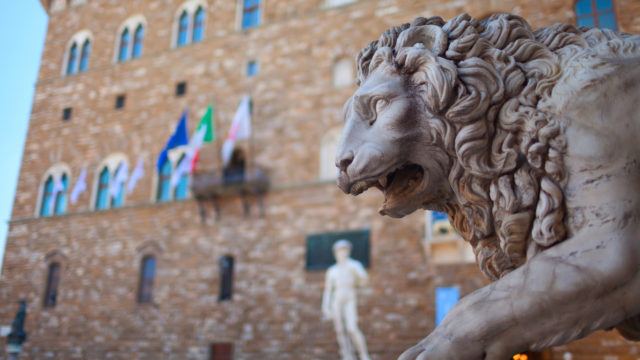The Middle Ages are not generally associated with multinational banking. However, during the 15th century, Florence’s Medici family built a banking empire that dominated Europe for a century. By the time their dynasty began to crumble, they had opened branches in Milan, Venice, Rome, London, Geneva, Lyon, Avignon, Barcelona and Bruges.
The Medicis were relentless investors in renaissance art and spawned four popes and two French queens – quite the legacy. What’s more, they developed several financial innovations that we still use today. One thing’s for certain – the world would be a very different place if it wasn’t for this family.
In 1397, Giovanni de’ Medici opened the first branch of the Medici banks – the first of many that thoroughly changed the course of European history. However, the thing that differed from conventional modern banking in their operations was that most of their lending was to royalty, to finance campaigns or to ostentatious princes.
In the financial world, the Medicis invented the ‘letter of credit’, the forerunner to the modern cheque, as well as the holding company model. Without these, modern banking would look very different.
Avoiding usury
Medieval Europe was a rigidly Christian society where the Church was a central tenet of daily life. The Catholic Church prohibited usury, the charge for the use of money, until the 16th Century. Unfortunately for medieval banks, this included charging interest rates on loans.
The Medici family came up with several ingenious ways of avoiding the Church’s definition of usury while still making a profit on the money they loaned. One way they did this was by offering loans to trading partners in return for access to below the market rate prices. For instance, they would lend to English wool merchants in return for being able to buy wool cheaper than their trading competitors.
Another way was by using foreign currency: the bank would lend or accept a bill of exchange in one currency and collect its debt in another, building a hidden commision into the transfer.
Even the Catholic Church itself paid interest to the Medici family. However, they avoided blatant usury by selling pricey goods at low prices to the Medicis – this was a handy way of committing what was then defined as a mortal sin without having to condemn themselves directly.
The birth of secular society
The Medici family rose to power in an age where the Church exerted great control over all tenets of society. However, they extensively funded paintings of mythological scenes and classical beauty, signalling a change from the prior dominance of religious imagery.
The Medicis commissioned art and buildings by the likes of Botticelli, Donatello and Brunelleschi; works which very much define the city today. Florence would not be such a stand-out destination if not for the 400 years they were at the helm of Florentine power.
Without the Medicis’ relentless funding, it is likely that Renaissance thought would not have flourished as it did in this period. The Medicis had a firm belief in public art, public space and public works. Before the Medicis, projects such as these usually served only a religious purpose. At this point in history, states’ priorities were consigned to maintaining their grip on power.
Despite the shady context of some of their deals, the Medicis were revolutionary in their pursuit of the good of the public. They were a financial family that thoroughly changed the course of world history.

Comments on The Medicis: the banking family at the heart of the renaissance
There are 0 comments on The Medicis: the banking family at the heart of the renaissance